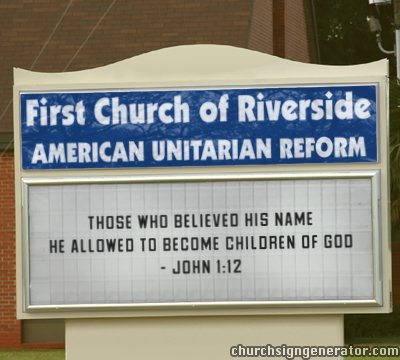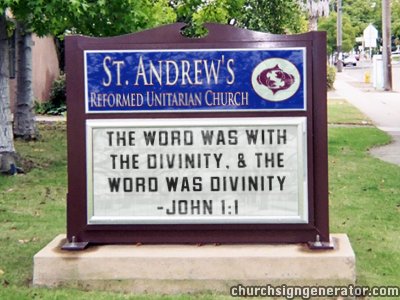Our English word “faith” comes from the Latin fides, meaning “fidelity” or “loyalty,” and in Christian usage it was employed to translate the Hebrew emunah (אמונה) which carried a meaning of security, supportiveness, and firmness.
Faith originally did not mean credulity, believing something simply because someone tells you to believe. It meant being secure in what you know, a meaning closer to “confidence,” although there is an element of non-thinking: emun means “craftsman” in Hebrew, someone who is confident of his ability without having to think about it.
Many Christians derive their conception of faith from the Letter to the Hebrews:
11:1 And faith is confidence in things hoped for, a conviction in matters not seen, 2 the elders were recognized for this; 3 by faith we understand the universe to have been caused by the Word of God, that visible things did not arise from something visible.
Far from justifying blind acceptance of dogma, this definition of faith merely distinguishes the “invisible God” (Letter to the Colossians 1:15) from created things, which we can detect with our senses, and establishes faith as applying specifically to the former. Even so, there is a much richer vision of faith in AUR, giving it an integral meaning in the Christian idiom beyond merely justifying belief in the unseen.
Faith has been described as one of the three “theological virtues” alongside love and hope, and it helps to think of it in relation to the other two. Continue reading →


